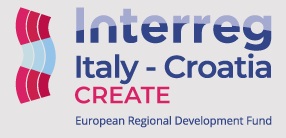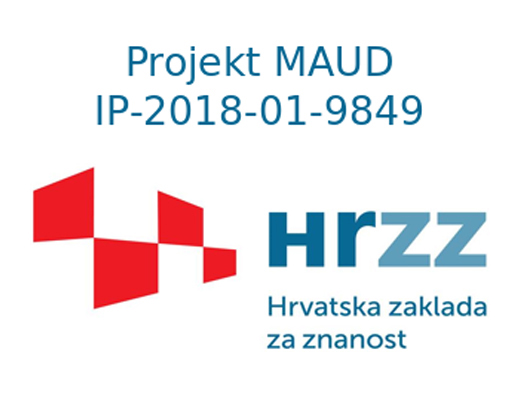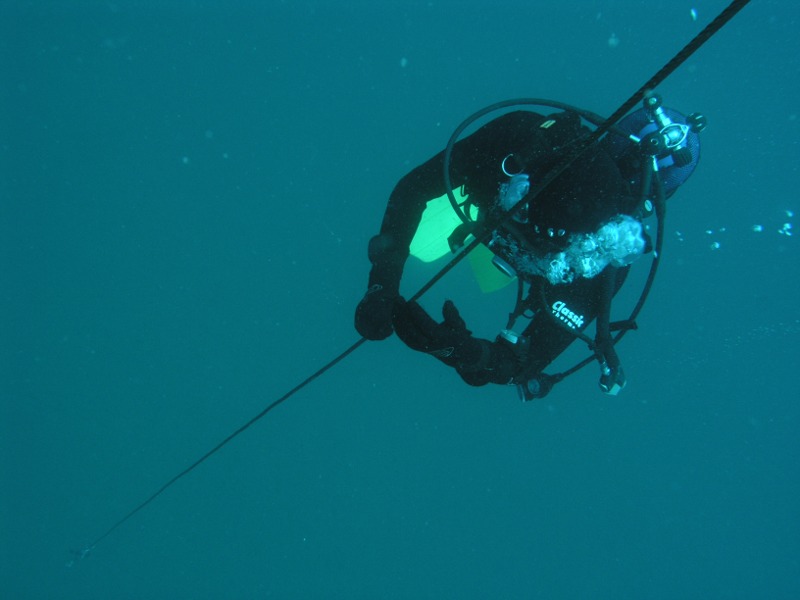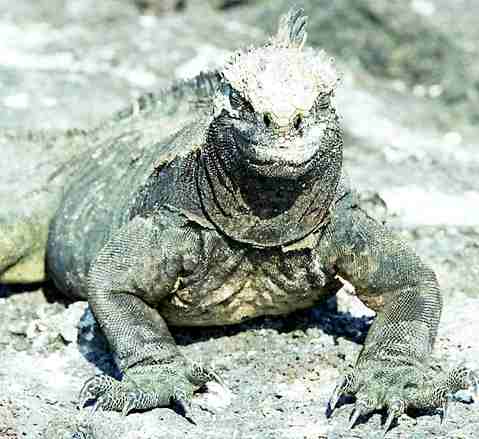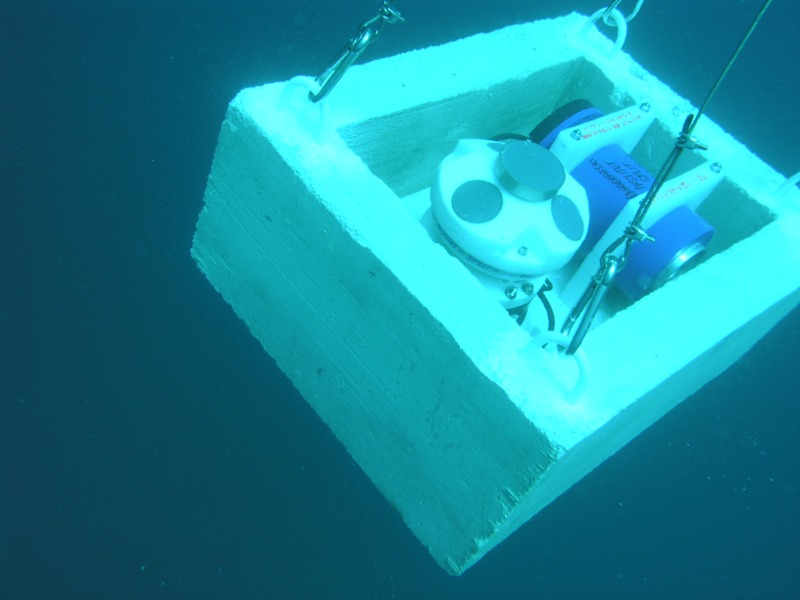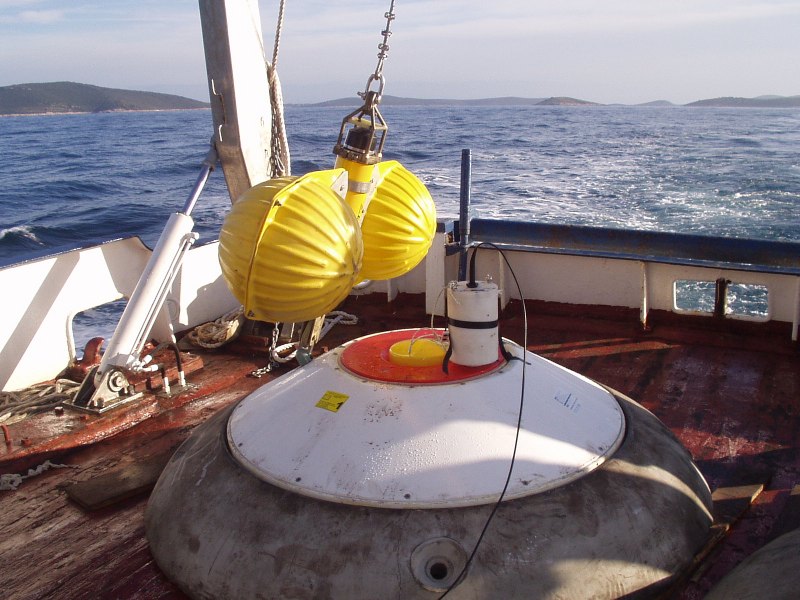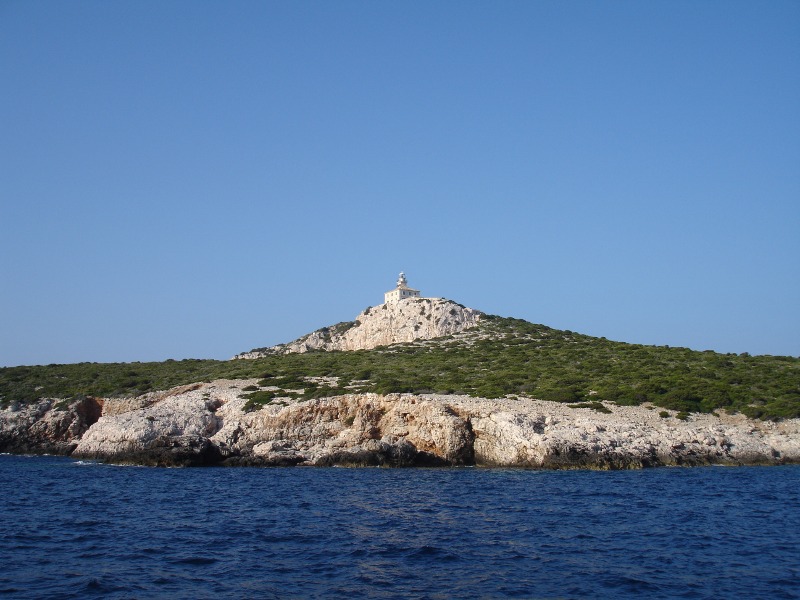Laboratory of Physical Oceanography
Head of the Lab
About the lab
Scientists employed in the laboratory for marine physics are engaged in applied and theoretical oceanography, with the aim of studying thermohals, dynamic, optical and acoustic properties of the Adriatic Sea. Laboratory employees collect and analyze data in situ and remote measurements, develop measurement systems in real time and investigate processes in the sea using numerical models and advanced data analysis algorithms.
The processes of mass and energy exchange in the boundary layer between the atmosphere and the sea are investigated. These processes take place on a synoptic, seasonal, and perennial scale. The connection of thermohals of the Adriatic with hemispheric meteorological processes is studied and their common influence on the circulation and ecosystem of the Adriatic is analyzed. Laboratory activities also include satellite oceanography, then measuring the optical properties of the sea resulting from complex biophysical interactions, and measuring the acoustic properties of the sea (noise measurements).
Measurements of dynamic properties of the sea are carried out using research vessels (Bios Two, Navicula), anchor and movable currents, high-frequency radars, and autonomous meteorological and oceanographic stations installed on the coast and on buoys placed in the open and coastal waters of the Adriatic
Investigations of unusual phenomena, such as meteorological tsunamis, are carried out using specially designed measurement systems, which provide the necessary parameters on a sub-minute time scale.
Lab scientists analyze data using advanced data analysis algorithms, such as neural networks, pseudo-spectral methods, dynamic factor analysis, minimum/maximum autocorrelation factor analysis, and others. Laboratory employees are also engaged in numerical modeling, using finite difference models (POM, ROMS), finite element models (SELFE, ADCIRC), climatological models (NEMOMed), and dispersion lagrangee models. The results of numerical models are used in analyses of dynamic and thermohaline processes in the Adriatic Sea, and model domains range from the entire Adriatic, through the Adriatic shelf, to limited coastal domains, and small semi-closed coastal pools.
Lab members also actively participate in interdisciplinary research with scientists from other scientific fields with the aim of giving a complete and rounded picture of the ecosystem of the Adriatic Sea.
The laboratory participates in national scientific, professional, and economic projects as well as international research projects that take place within the Framework Research Programmes of the European Union, bilateral cooperation, and regional funds. International cooperation takes place with scientists from Italy, France, Spain, Great Britain, Russia, the United States, and Canada.
Laboratory employees actively participate in teaching activities within the framework of undergraduate, graduate, and doctoral studies at the University of Split, the University of Zagreb, and the University of Dubrovnik.
Staff
Publications
Plankton communities in oligotrophic offshore environments in the Eastern Adriatic Sea in relation to mesoscale hydrodynamic fluctuations
A new vision of the Adriatic dense water future under extreme warming
Challenges in modelling and forecasting radiation fog with atypical dissipation during the night: a case study at Zagreb Airport
Projects
Measurements

Meterological tsunamis
Meteorological tsunamis (meteotsunamis) are rare but hazardous long ocean waves, which have the same frequencies and spatial scales as tsunami waves. Meteotsunamis are, however, not related to seismic activity, volcanic explosions, or submarine landslides, but to atmospheric forcing: pressure jumps, atmospheric gravity waves, frontal passages, squalls, etc. The eastern coast of the Adriatic Sea is among the world locations especially endangered by meteorological tsunamis.
